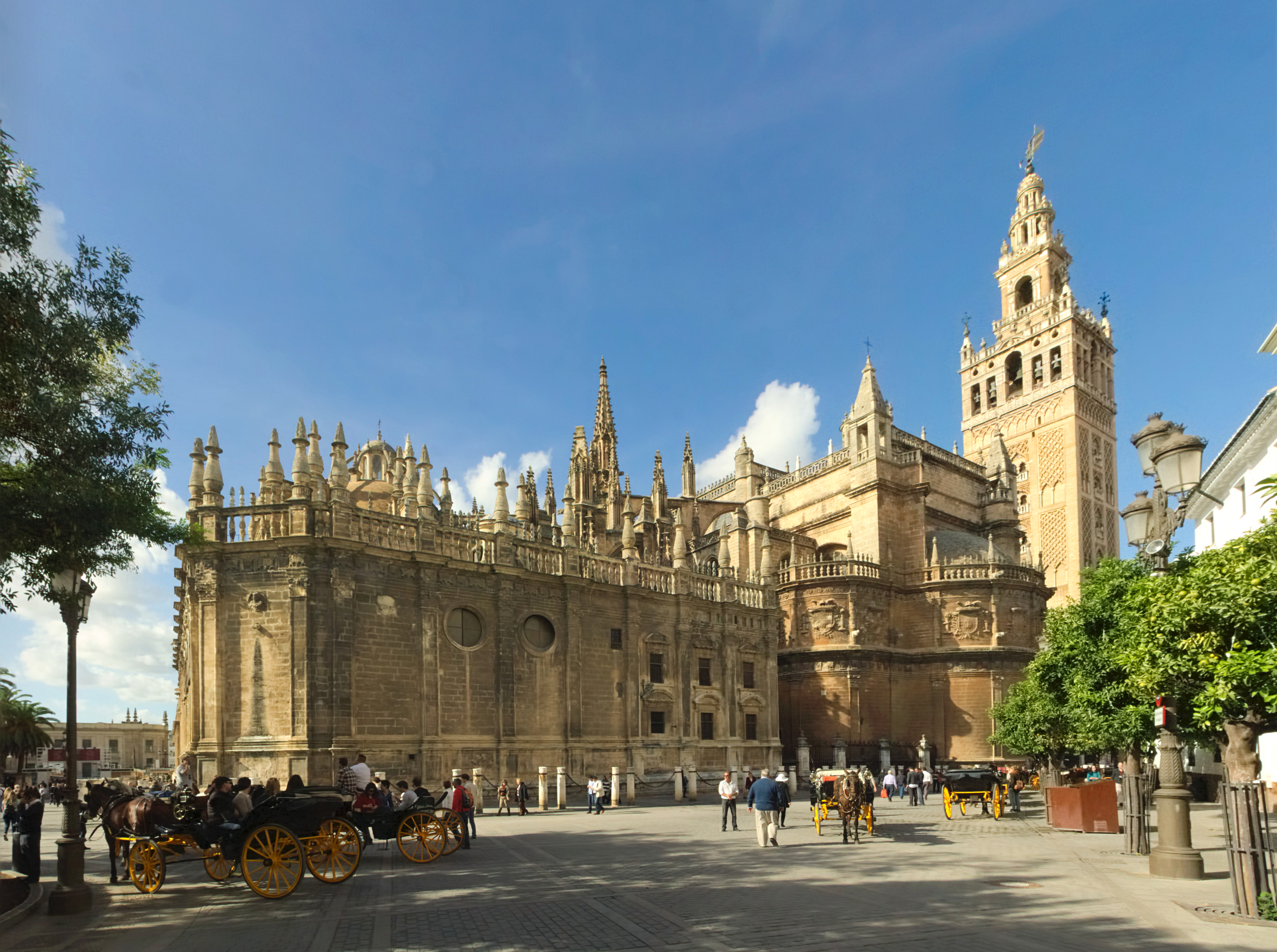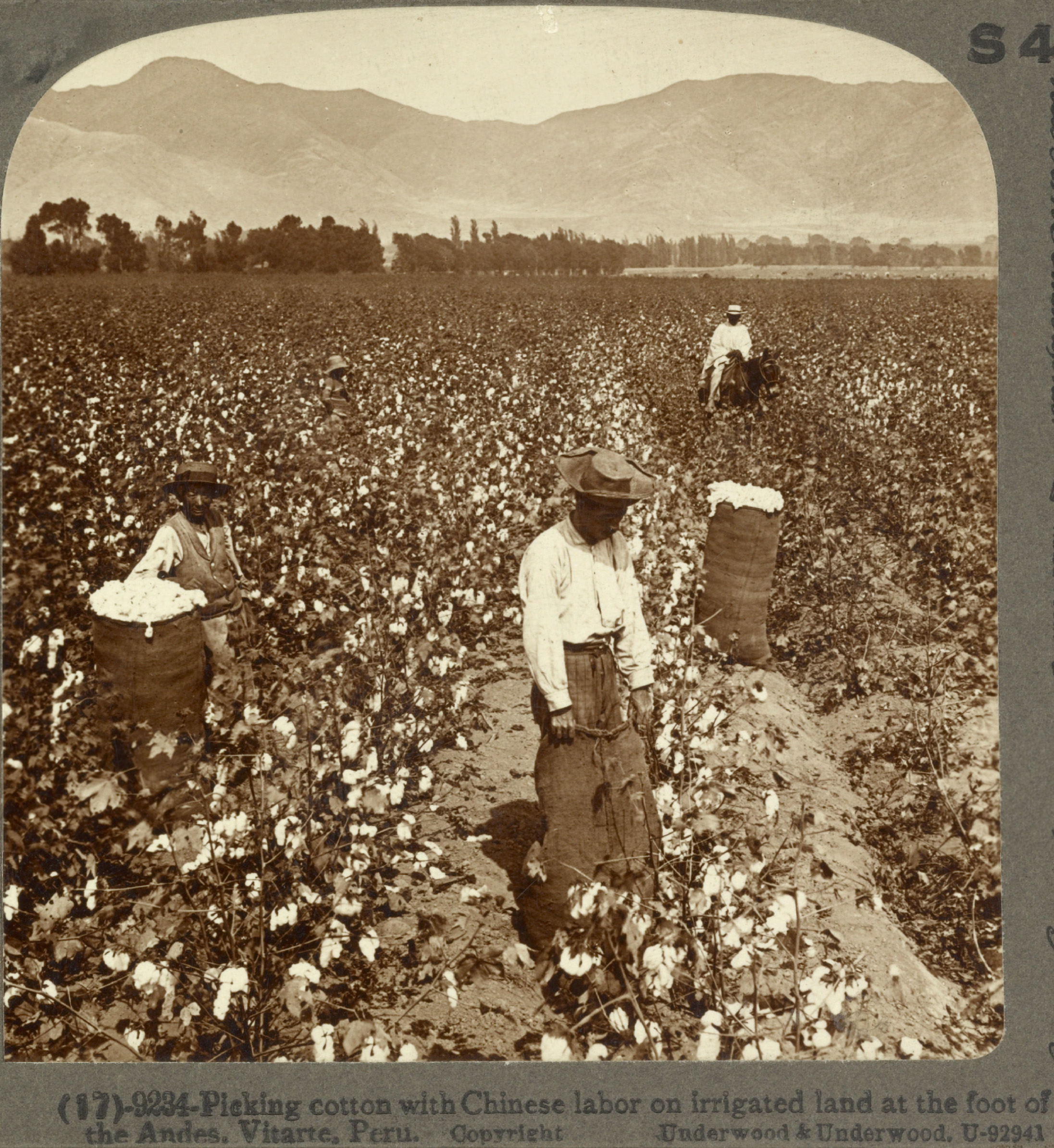|
Hispanic–Latino Naming Dispute
''Hispanic'' and '' Latino'' are ethnonyms used to refer collectively to the inhabitants of the United States who are of Spanish or Latin American ancestry (). While many use the terms interchangeably, for example, the United States Census Bureau, others maintain a distinction: ''Hispanic'' refers to people from Spanish-speaking countries (including Spain but excluding Brazil), while ''Latino'' refers people from Latin American countries (including Brazil but excluding Spain and Portugal).' Spain is included in the ''Hispanic'' category, and Brazil is included in the Latino category; Portugal is excluded from both categories. Every Latin American country is included in both categories, excluding Brazil. ''Hispanic'' was first used and defined by the U.S. Federal Office of Management and Budget's (OMB) Directive No. 15 in 1977, which defined Hispanic as "a person of Mexican, Puerto Rican, Cuban, Central America or South America or other Spanish culture or origin, regardless ... [...More Info...] [...Related Items...] OR: [Wikipedia] [Google] [Baidu] |
Hispanic
The term Hispanic () are people, Spanish culture, cultures, or countries related to Spain, the Spanish language, or broadly. In some contexts, Hispanic and Latino Americans, especially within the United States, "Hispanic" is used as an Ethnicity, ethnic or Meta-ethnicity, meta-ethnic term. The term commonly applies to Spaniards and Spanish-speaking (Hispanophone) populations and countries in Hispanic America (the continent) and Hispanic Africa (Equatorial Guinea and the Territorial dispute, disputed territory of Western Sahara), which were formerly part of the Spanish Empire due to colonization mainly between the 16th and 20th centuries. The cultures of Hispanophone countries outside Spain have been influenced as well by the local Pre-Columbian era, pre-Hispanic cultures or other foreign influences. There was also Spanish influence in the former Spanish East Indies, including the Philippines, Marianas, and other nations. However, Spanish is not a predominant language in these ... [...More Info...] [...Related Items...] OR: [Wikipedia] [Google] [Baidu] |
Culture Of Spain
The culture of Spain is influenced by its Western world, Western origin, its interaction with other cultures in Europe, its historically Catholic Church in Spain, Catholic religious tradition, and the varied national and regional identity in Spain, national and regional identities within the country. It encompasses Spanish literature, literature, Music of Spain, music, visual arts, Spanish cuisine, cuisine as well as contemporary customs, beliefs, institutions, and social norms. Beyond Spain, Spanish culture is the foundation of most of Latin American cultures and the Filipinos, Filipino culture. History The ancient peoples of Spain included Celts, Iberians, Celtiberians, Tartessos, Tartessians, Vascones, as well as Phoenicia, Phoenician, Ancient Greek, Greek and Carthage, Carthaginian colonies. From an early age, It was entirely conquered by ancient Rome, Rome, becoming a province of the Roman Empire (Hispania). The Roman people, ancient Romans left a lasting cultural, religiou ... [...More Info...] [...Related Items...] OR: [Wikipedia] [Google] [Baidu] |
Asian Latin Americans
Asian Latin Americans (sometimes ''Asian-Latinos'') are Latin Americans of Asian diaspora, Asian descent. Asian immigrants to Latin America have largely been from East Asia or West Asia. Historically, Asians in Latin America have a centuries-long history in the region, starting with Overseas Filipinos, Filipinos in the 16th century. The peak of Asian immigration occurred in the 19th and 20th centuries. There are currently more than four million Asian Latin Americans, nearly 1% of Latin America's population. Overseas Chinese, Chinese, Japanese people, Japanese, and Lebanese people, Lebanese are the largest Asian ancestries; other major ethnic groups include Overseas Filipinos, Filipinos, Syrians, Koreans and Indian people, Indians, many of whom are Indo-Caribbean people, Indo-Caribbean and came from neighboring countries in the Caribbean and the Guianas. Brazil is home to the largest population of East Asian descent, estimated at 2.08 million. The country is also home to a large ... [...More Info...] [...Related Items...] OR: [Wikipedia] [Google] [Baidu] |
Afro–Latin Americans
Afro-Latin Americans (; ), also known as Black Latin Americans (), are Latin Americans of total or predominantly sub-Saharan African ancestry. Genetic studies suggest most Latin American populations have at least some level of African admixture. The term ''Afro-Latin American'' is not widely used in Latin America outside academic circles. Normally Afro–Latin Americans are called ''Black people, Black'' ( or ; or ; ). Latin Americans of African ancestry may also be grouped by their specific nationality, such as ''Afro-Brazilians, Afro-Brazilian'', ''Afro-Cubans, Afro-Cuban'', ''Afro-Haitians, Afro-Haitian'', or ''Afro-Mexicans, Afro-Mexican''. The number of Afro–Latin Americans may be underreported in official Demography, statistics, especially when derived from self-reported census data, because of negative attitudes to Black people, African ancestry in some countries. Afro-Latinos are part of the wider African diaspora. History In the 15th and 16th centuries, many p ... [...More Info...] [...Related Items...] OR: [Wikipedia] [Google] [Baidu] |
Indigenous Peoples Of The Americas
In the Americas, Indigenous peoples comprise the two continents' pre-Columbian inhabitants, as well as the ethnic groups that identify with them in the 15th century, as well as the ethnic groups that identify with the pre-Columbian population of the Americas as such. These populations exhibit significant diversity; some Indigenous peoples were historically hunter-gatherers, while others practiced agriculture and aquaculture. Various Indigenous societies developed complex social structures, including pre-contact monumental architecture, organized city, cities, city-states, chiefdoms, state (polity), states, monarchy, kingdoms, republics, confederation, confederacies, and empires. These societies possessed varying levels of knowledge in fields such as Pre-Columbian engineering in the Americas, engineering, Pre-Columbian architecture, architecture, mathematics, astronomy, History of writing, writing, physics, medicine, Pre-Columbian agriculture, agriculture, irrigation, geology, minin ... [...More Info...] [...Related Items...] OR: [Wikipedia] [Google] [Baidu] |
Mestizo
( , ; fem. , literally 'mixed person') is a term primarily used to denote people of mixed European and Indigenous ancestry in the former Spanish Empire. In certain regions such as Latin America, it may also refer to people who are culturally European even though their ancestors were Indigenous American or Austronesian. The term was used as an ethno-racial exonym for mixed-race that evolved during the Spanish Empire. It was a formal label for individuals in official documents, such as censuses, parish registers, Inquisition trials, and others. Priests and royal officials might have classified persons as mestizos, but individuals also used the term in self-identification. With the Bourbon reforms and the independence of the Americas, the caste system disappeared and terms like "mestizo" fell in popularity. The noun , derived from the adjective , is a term for racial mixing that did not come into usage until the 20th century; it was not a colonial-era term.Rappaport, Joa ... [...More Info...] [...Related Items...] OR: [Wikipedia] [Google] [Baidu] |
Panethnicity
Panethnicity is a political neologism used to group various ethnic groups together based on their related cultural origins; geographic, linguistic, religious, or "racial" (i.e. phenotypic) similarities are often used alone or in combination to draw panethnic boundaries. The term panethnic was used extensively during mid-20th century anti-colonial/national liberation movements. In the United States, Yen Le Espiritu popularized the term and coined the nominal term panethnicity in reference to Asian Americans, a racial category composed of disparate peoples having in common only their origin in the continent of Asia. It has since seen some use as a replacement of the term '' race''; for example, the aforementioned Asian Americans can be described as "a panethnicity" of various unrelated peoples of Asia, which are nevertheless perceived as a distinguishable group within the larger multiracial North American society. More recently the term has also come to be used in contexts outs ... [...More Info...] [...Related Items...] OR: [Wikipedia] [Google] [Baidu] |
Los Angeles Times
The ''Los Angeles Times'' is an American Newspaper#Daily, daily newspaper that began publishing in Los Angeles, California, in 1881. Based in the Greater Los Angeles city of El Segundo, California, El Segundo since 2018, it is the List of newspapers in the United States, sixth-largest newspaper in the U.S. and the largest in the Western United States with a print circulation of 118,760. It has 500,000 online subscribers, the fifth-largest among U.S. newspapers. Owned by Patrick Soon-Shiong and published by California Times, the paper has won over 40 Pulitzer Prizes since its founding. In the 19th century, the paper developed a reputation for civic boosterism and opposition to Trade union, labor unions, the latter of which led to the Los Angeles Times bombing, bombing of its headquarters in 1910. The paper's profile grew substantially in the 1960s under publisher Otis Chandler, who adopted a more national focus. As with other regional newspapers in California and the United Sta ... [...More Info...] [...Related Items...] OR: [Wikipedia] [Google] [Baidu] |
Conservatism
Conservatism is a Philosophy of culture, cultural, Social philosophy, social, and political philosophy and ideology that seeks to promote and preserve traditional institutions, Convention (norm), customs, and Value (ethics and social sciences), values. The central tenets of conservatism may vary in relation to the culture and civilization in which it appears. In Western culture, depending on the particular nation, conservatives seek to promote and preserve a range of institutions, such as the nuclear family, organized religion, the military, the nation-state, property rights, rule of law, aristocracy, and monarchy. Conservatives tend to favor institutions and practices that enhance social order and historical continuity. The 18th-century Anglo-Irish statesman Edmund Burke, who opposed the French Revolution but supported the American Revolution, is credited as one of the forefathers of conservative thought in the 1790s along with Savoyard statesman Joseph de Maistre. The first ... [...More Info...] [...Related Items...] OR: [Wikipedia] [Google] [Baidu] |
Chicano Movement
The Chicano Movement, also referred to as El Movimiento (Spanish for "the Movement"), was a civil rights movements, social and political movement in the United States that worked to embrace a Chicano, Chicano identity and worldview that combated structural racism, encouraged cultural revitalization, and achieved community empowerment by rejecting Cultural assimilation, assimilation. Chicanos expressed solidarity and defined their culture through the development of Chicano art during El Movimiento, and stood firm in preserving their religion. The Chicano Movement was influenced by and entwined with the Black power movement, and both movements held similar objectives of community empowerment and liberation while also calling for Black-brown unity, Black–Brown unity. Leaders such as Cesar Chavez, César Chávez, Reies Tijerina, and Rodolfo Gonzales learned strategies of resistance and worked with leaders of the Black Power movement. Chicano organizations like the Brown Berets and M ... [...More Info...] [...Related Items...] OR: [Wikipedia] [Google] [Baidu] |
Chicano
Chicano (masculine form) or Chicana (feminine form) is an ethnic identity for Mexican Americans that emerged from the Chicano Movement. In the 1960s, ''Chicano'' was widely reclaimed among Hispanics in the building of a movement toward political empowerment, ethnic solidarity, and pride in being of Indigenous peoples of Mexico, Indigenous descent (with many Nahuatl language in the United States, using the Nahuatl language or Chicano names, names). ''Chicano'' was used in a sense separate from ''Mexican American'' identity. Youth in ''Barrioization, barrios'' rejected cultural assimilation into Mainstream culture, mainstream American culture and embraced their own identity and worldview as a form of empowerment and resistance. The community forged an independent political and cultural movement, sometimes working alongside the Black power movement. The Chicano Movement faltered by the mid-1970s as a result of external and internal pressures. It was under state surveillance, infi ... [...More Info...] [...Related Items...] OR: [Wikipedia] [Google] [Baidu] |







